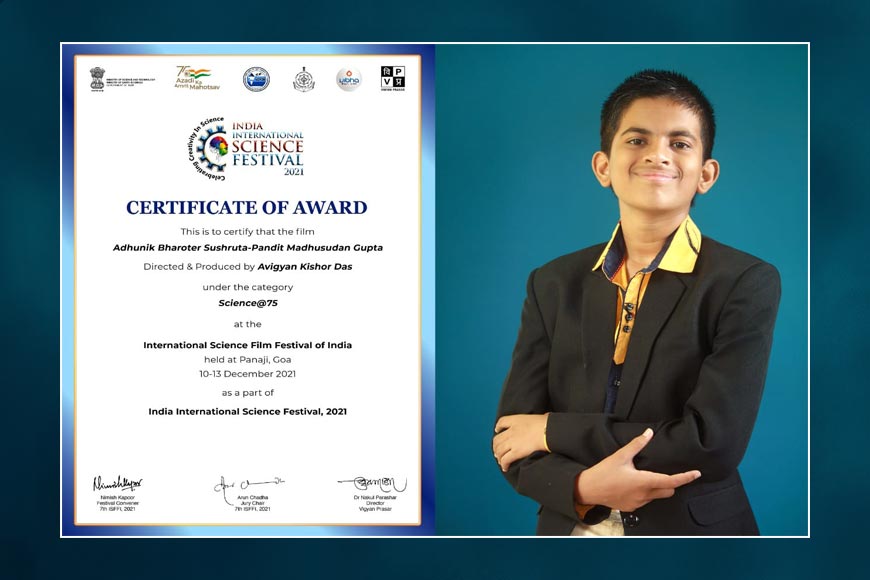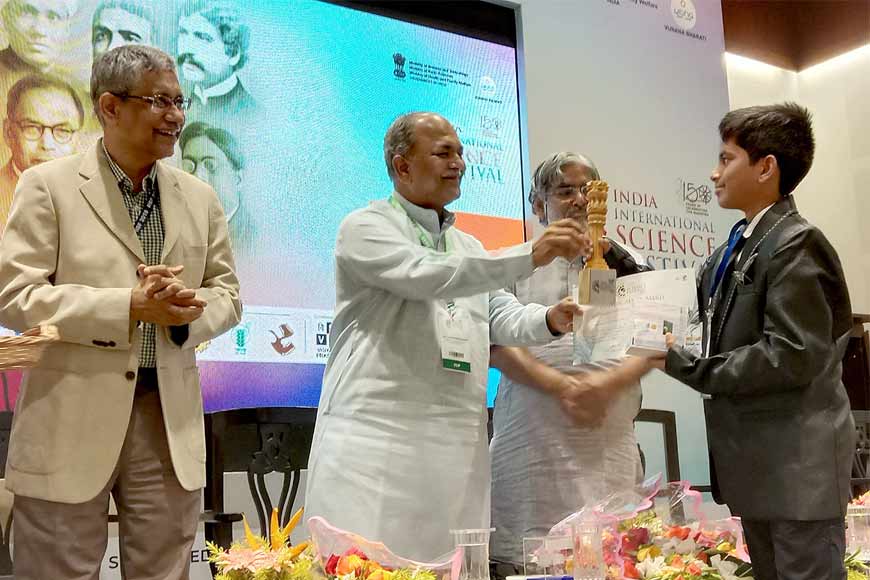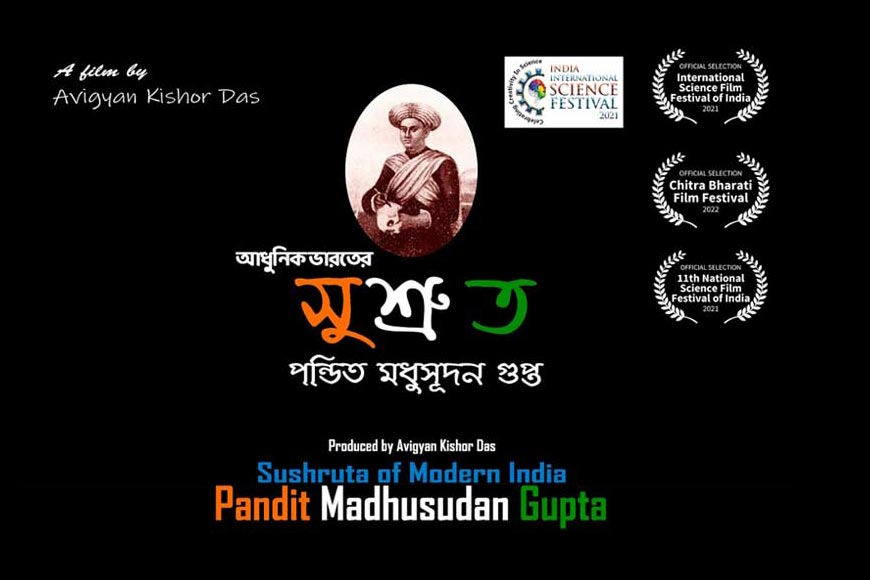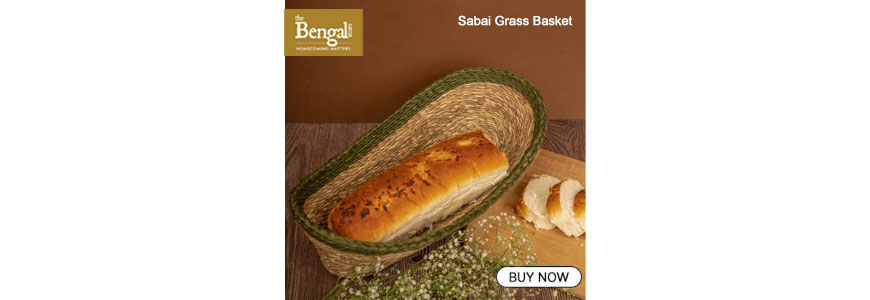Hooghly student’s film gets nominated at National Science Film Festival

A curious mind in the 21st century has been swayed by the feat of a 19th century doctor attributed to have performed the first human dissection in India. Many might wonder the children of today are more focused on what they wish to achieve, from going abroad to study to getting into specialized fields of education like Computer Science etc., but not all are same. Take for example, Avigyan Kishor Das, a student of Class X at Hooghly Collegiate School, who decided to research, write a script and make a film all by himself on Dr Madhushudan Goopta, a Bengali medical practitioner who joined as the head of the first native medical institution of British India.
Very few people today have even heard the name of Goopta. So, it is quite surprising that a young innovator from Hooghly not only looked him up, researched on him but also made a short film that has now won a nomination for 11th National Science Film Festival of India. The young boy has named the film ‘Adhunik Bharoter Sushrut: Pandit Madhusudan Gupta’ and it happens to be the only Bengali language film to make it to the students’ category of the festival organised by Vigyan Prasar, Department of Science & Technology, Government of India, to celebrate science through cinema.

The film will be screened during the finals between August 22- 26 in Bhopal. Das wrote the script, directed the short film and edited it by himself that took around 2-3 weeks. His idea was so innovative and exciting that even many of his classmates and teachers supported him in his endeavour. “My father has also been by my side always. We shot in my school and went to the house of Pandit Madhusudan Gupta in Baidyabati during the making of this film,” Das told the media.
In 1822 when the first Native Medical Institution was established in Calcutta Madhusudan Gupta joined. In 1833 William Bentinck Committee felt the need of a medical college ‘for the education of the natives.’ Consequently, a new medical college was started, christened as the Medical College on 28th January 1835. Its purpose was to train native youths irrespective of caste and creed. The new college ushered in a new era in the history of Indian medical education. It was the first institution imparting a systematic teaching of western medicine in India. Dr. M J Bramley was appointed as the first superintendent. Surgeon Dr H. H. Goodeve joined as the Professor of Medicine and Anatomy.
My docu-drama on Pandit Madhusudan Gupta, the first surgeon of modern India has been nominated for award at National Science Film Festival of India to be held at Bhopal (August).@AIMtoInnovate @NITIAayog @chaudharyayesha@SenSubhadrika @tt_edugraphhttps://t.co/xtkJ195lAv
— Avigyan Kishor Das (@avigyankishor) July 11, 2022
Only one Indian member of the staff of the erstwhile Native Medical Institution, Pandit Madhusudan Goopta, an Ayurvedic practitioner trained in western medicine was transferred to the new Medical College as a demonstrator. Goopta’s appointment created a huge uproar at that time since European scholars had monopoly in Calcutta Medical College.
Goopta was born in 1800 in a Vaidya (traditional medical practitioners) family that practiced Ayurvedic medicine for generations, in Baidyabati, Hooghly. His father was a renowned Ayurvedic physician and wanted his son to follow in his footsteps, but Madhusudan was inattentive in his studies and his father literally expelled him from the house. A slighted Madhusudan vowed to prove his worth to his family. He came to Calcutta and took admission at Sanskrit College to study Ayurvedic medicine. He worked as an apprentice for a brief while with Ram Kaviraj. A couple of years down the line, the Ayurvedic medicine department at Sanskrit College ceased operation and Madhusudan joined Native Medical Institution. From there, he joined Calcutta Medical College.

On January 10, 1836, Goopta broke the prevalent social taboos and came forward to dissect a human corpse. He was the first Indian to do so. Defying the ancient prejudice, Goopta carried out the dissection work on a dead body with the assistance of four students who were Rajkrishna Dey, Umacharan Sett, Dwarkanath Gupta and Nabin Chandra Mitra.
Fifteen-year-old Das said: ‘Madhusudan Goopta achieved great success in the field of medical science but today not much is known about him. I hope someday there will at least be a hospital in his name.” But making the film was not easy. There were several challenges. Time was a constraint and so was data. There is not enough material on this great man on internet. So a lot of research went into writing the script. There were also some technical challenges because young Das is not a professional filmmaker and had to work with basic equipment available.
The National Science Film Festival of India is an annual event. The selection for the latest edition began a year ago with the announcement of the theme ‘Contribution of Scientists in the Indian Freedom Struggle.’ As per the festival website, there are several categories in the competition and Das’ film has been nominated in the Rainbow Category, which is for students from Classes VI to XII. Only six movies from all over India have been selected for the finals in this category, and his film is the only one from Bengal and in Bengali language.
Das got interested in film making after seeing Satyajit Ray’s movies. His favourites are Agantuk, Sonar Kella and Bollywood’s 3 Idiots.
Image Courtesy : Facebook page of Avigyan Kishor Das











